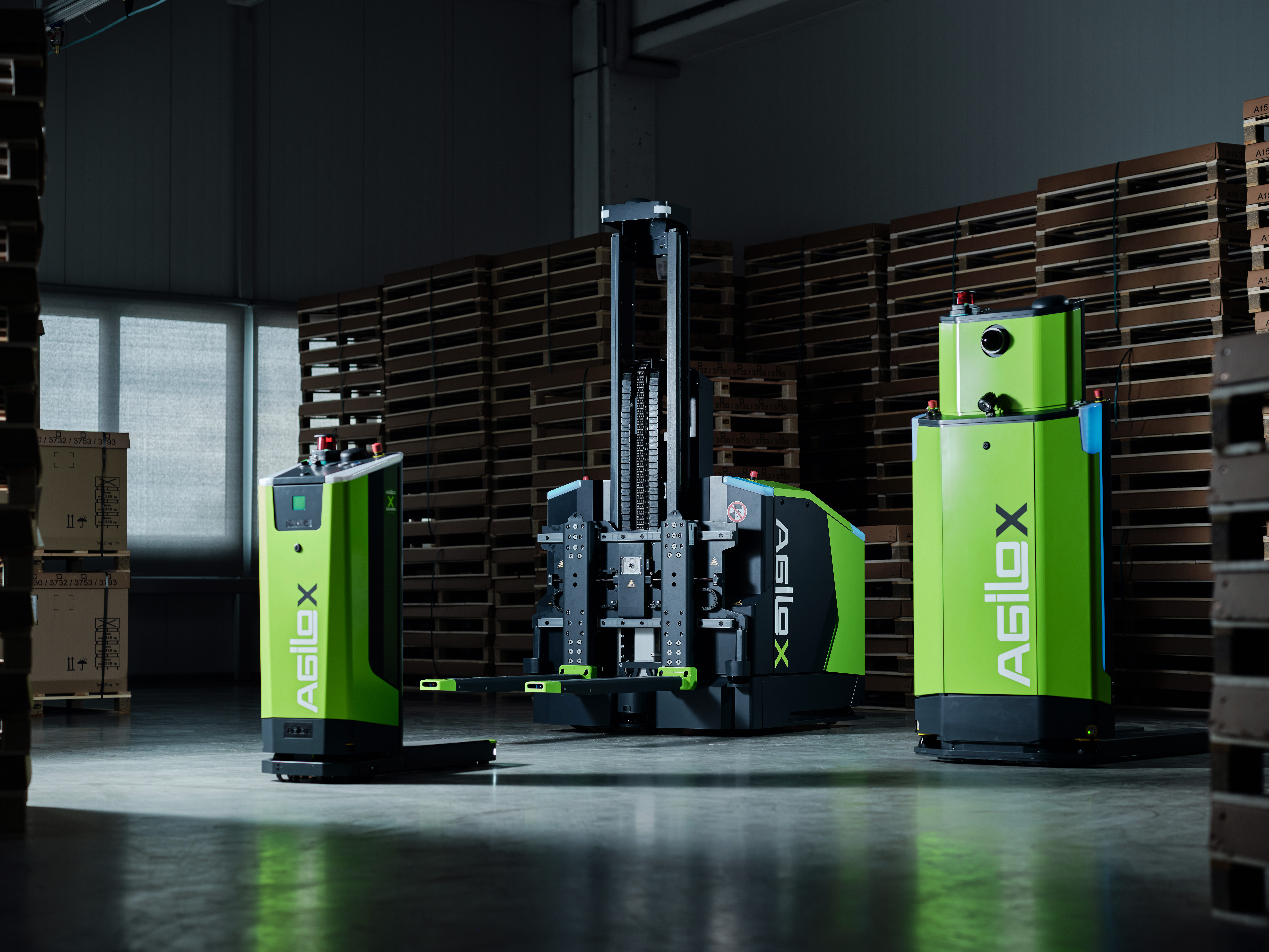AMRs are high-tech transport vehicles that:
+ can determine their destination and, if necessary, recalculate the route to get there,
+ use sensitive sensors and drives to ensure the highest possible level of safety, and
+ can have intelligent features such as swarm technology, connecting multiple AMRs to form a smart fleet that communicates with each other.
Despite their flexibility and agility, their autonomous operation, and technological potential, AMRs are bound by basic requirements that must be met at their deployment location.
You can read a summary of these requirements below.
First, a quick note: To ensure you don't overlook any other aspects that you should consider when switching to and getting started with automated transport systems, you will find a free checklist available for download here. In addition to the current topic, you will also find a detailed article on each of the points listed here, which you can access free of charge.
Charging station
AMRs are designed in their ability to take on heavy transport processes in such a way that their sensors, drives, and computing units require as little power as possible and charging processes can be limited to a few minutes per working hour.
The requirements for this are comparatively low and are limited to a single charging station with an appropriate power supply, which the AMRs approach independently. They then resume their activities and integrate themselves into the running processes.
WLAN (Wireless Local Area Network)
Another basic requirement for the use of one or more AMRs is a stable and powerful WLAN infrastructure. Particular attention must be paid to ensuring that the connection and reception are available without fluctuation in all areas of the operational area in which AMRs are used, without exception.
Floor conditions
AMRs are floor-based transport vehicles. With freight elevators, they can also be programmed to perform processes distributed at different levels.
What they cannot do, however, is automatically overcome differences in height such as stairs or even floor gaps. In other words, AMRs rely on smooth floors without any unevenness in their operation, which may need to be taken care of beforehand.
Minimum dimensions
In contrast to the usual wide connecting paths required for manually controlled forklifts, AMRs can move in much narrower spaces with the help of omnidirectional drives, thus ensuring highly efficient use of space and warehouse structure.
The only basic requirements and conditions in this regard are that the warehouse structure is based on, and does not fall below, the minimum aisle width and turning radius required by the AMR(s) in use.



